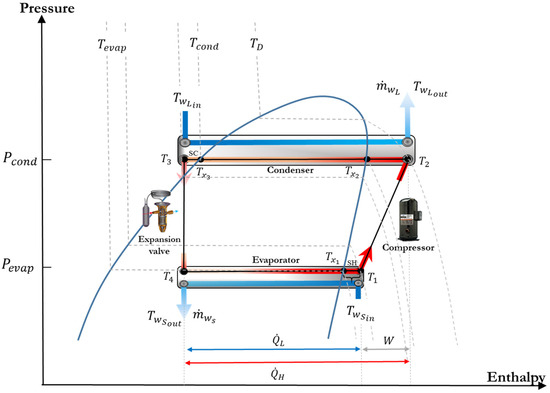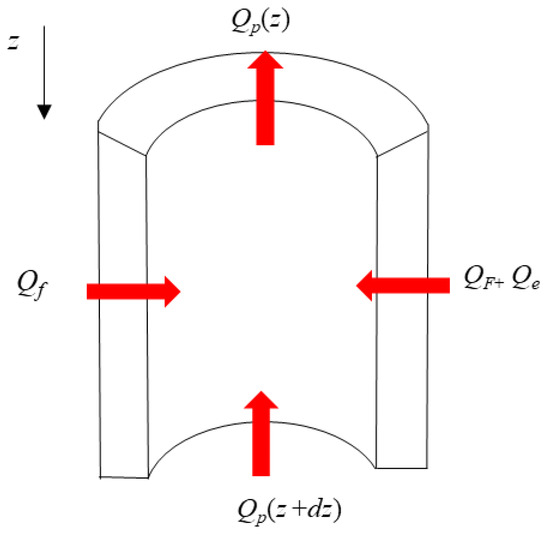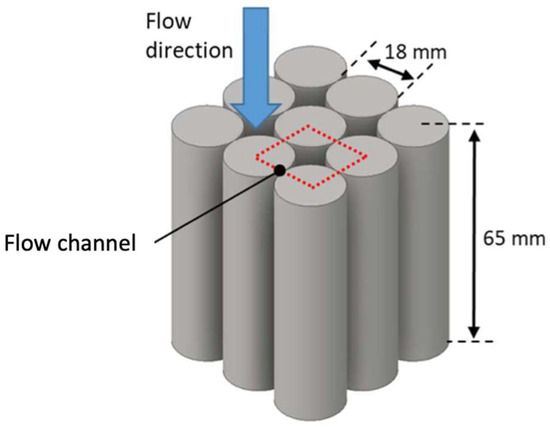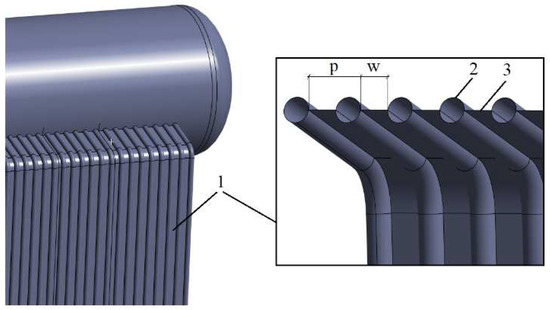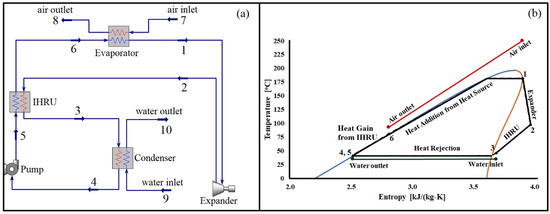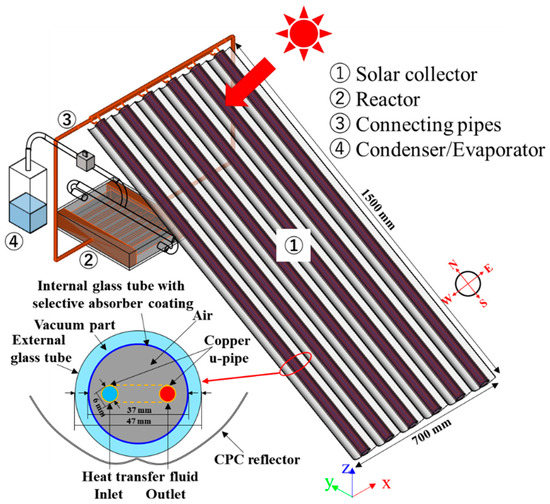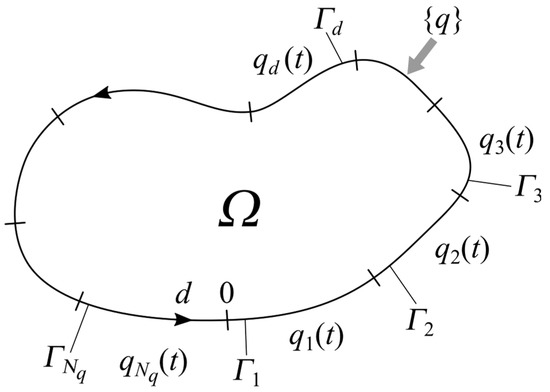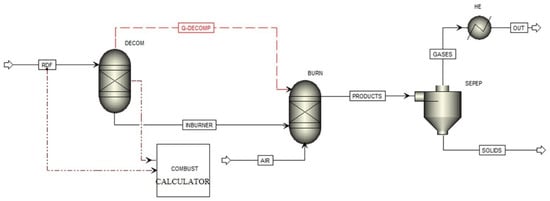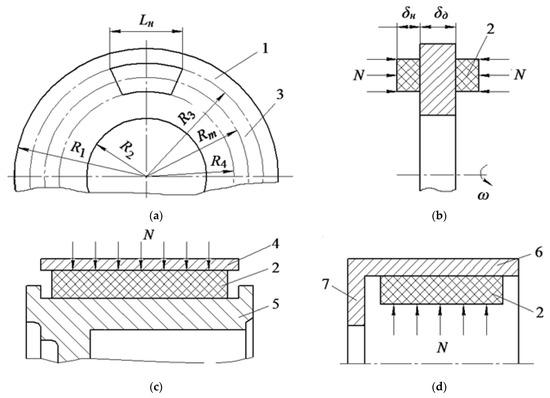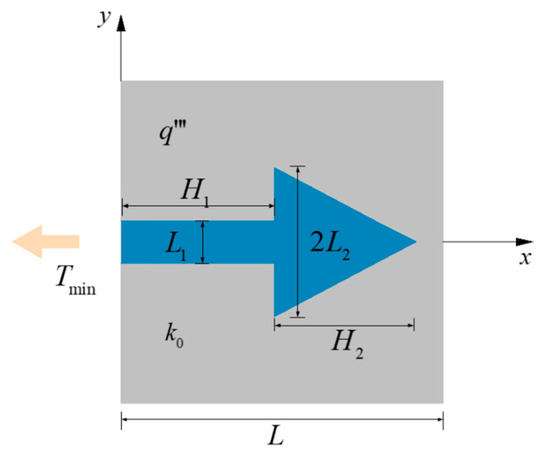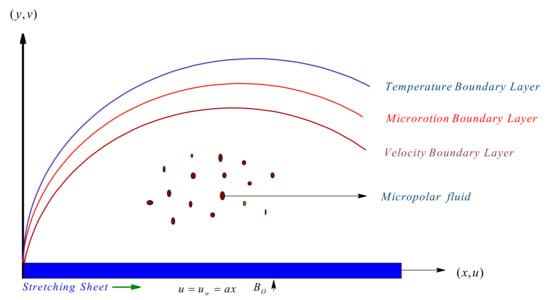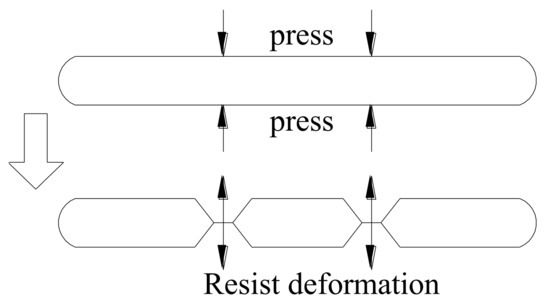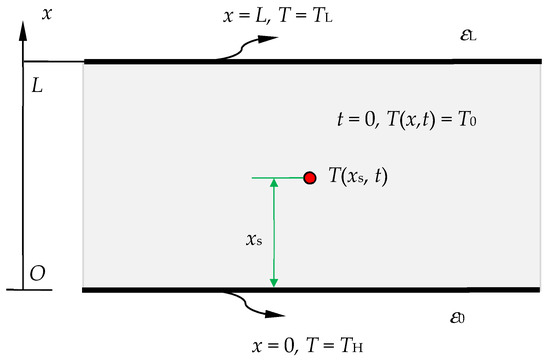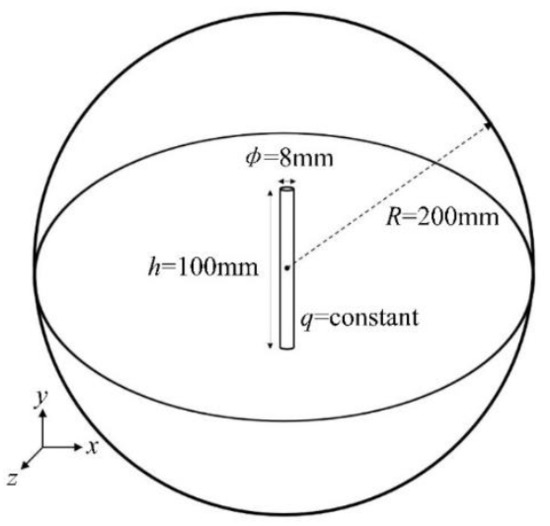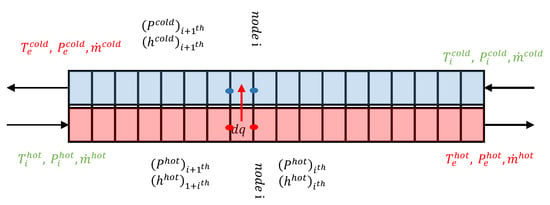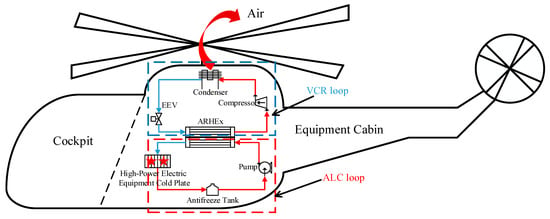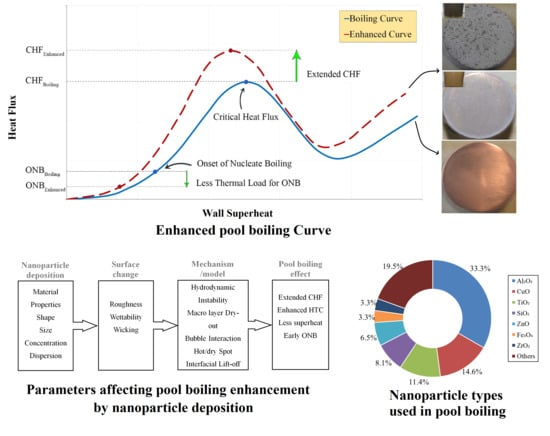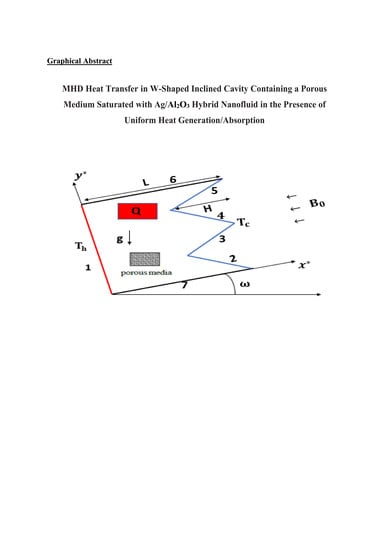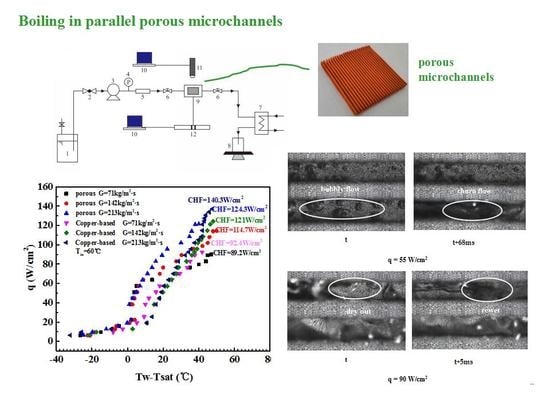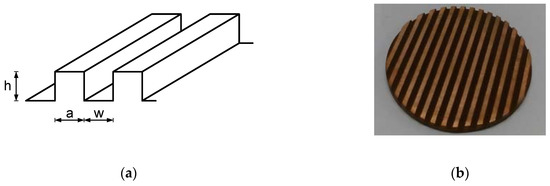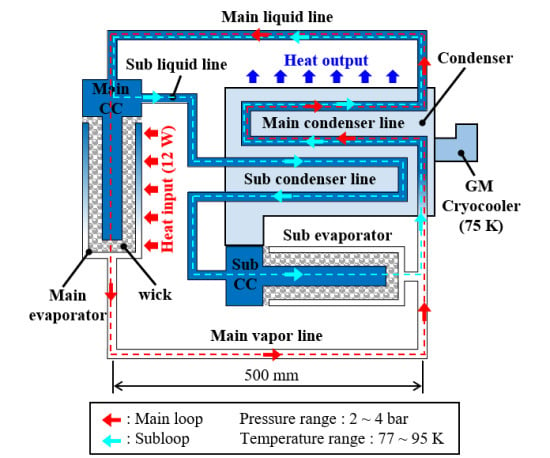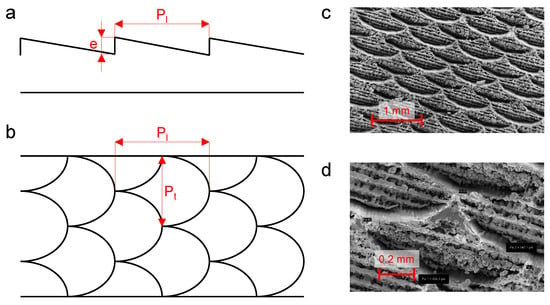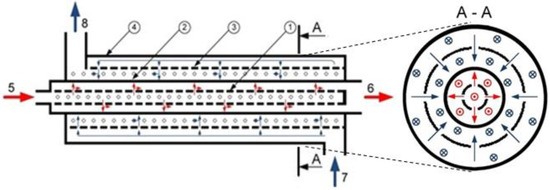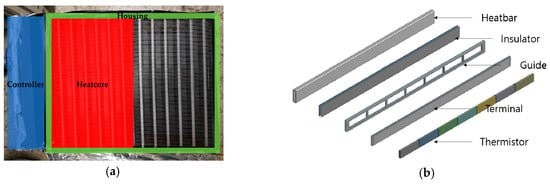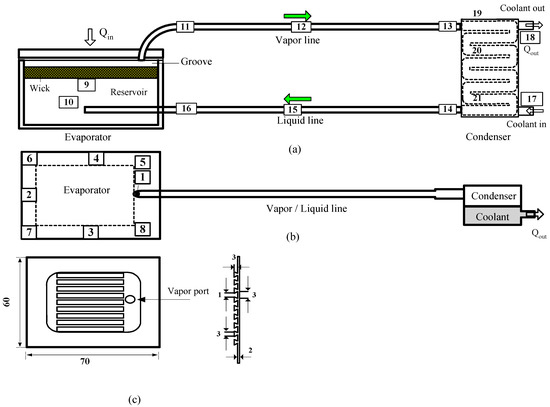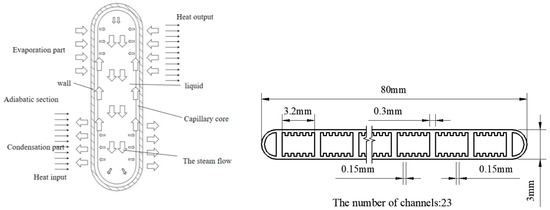Advances in Heat Transfer Enhancement
A topical collection in Energies (ISSN 1996-1073). This collection belongs to the section "J1: Heat and Mass Transfer".
Viewed by 257775Editors
Interests: thermal systems; active solar systems; passive solar systems; heat transfer with nanofluids and porous media; forecast of energy consumption
Special Issues, Collections and Topics in MDPI journals
Interests: entropy generation; convective heat transfer; heat transfer by nanofluids; thermal storage; heat transfer in porous media; heat transfer in microchannel
Special Issues, Collections and Topics in MDPI journals
Topical Collection Information
Dear Colleagues,
The importance of improving heat transfer performance is well known in the fields of industry and research. Techniques for improving heat exchange can be divided as passive or active methods. The passive methods do not require external power sources, such as special geometries, treated surfaces, extended surface (fins), rough surfaces, additives for fluid, and so on, whereas the active methods require an external power source (electrical/mechanical) to realize the advanced heat transfer mechanism, such as the stirring of the ferrofluid with an electromagnetic field, vibrating surface. New techniques to improve heat transfer have recently appeared in engineering research, as the insert of nanoparticles or porous medium, with high thermal conductivity, in working fluids to increase their effectivity thermal conductivity and convective heat transfer coefficients. In recent years, many research activities on heat transfer have been addressed to microflow due to its new applications of microfluidic systems and components, such as biochemical cell reaction, micro electric chip cooling, channels, nozzles, diffusers, pumps, mixers, heat pipes, sensors, transducers, and actuators.
The scope of this Topical Collection is to examine original research papers as well as review articles on the most recent developments and research efforts on this subject.
Prof. Dr. Sergio Nardini
Dr. Bernardo Buonomo
Collection Editors
Manuscript Submission Information
Manuscripts should be submitted online at www.mdpi.com by registering and logging in to this website. Once you are registered, click here to go to the submission form. Manuscripts can be submitted until the deadline. All submissions that pass pre-check are peer-reviewed. Accepted papers will be published continuously in the journal (as soon as accepted) and will be listed together on the collection website. Research articles, review articles as well as short communications are invited. For planned papers, a title and short abstract (about 250 words) can be sent to the Editorial Office for assessment.
Submitted manuscripts should not have been published previously, nor be under consideration for publication elsewhere (except conference proceedings papers). All manuscripts are thoroughly refereed through a single-blind peer-review process. A guide for authors and other relevant information for submission of manuscripts is available on the Instructions for Authors page. Energies is an international peer-reviewed open access semimonthly journal published by MDPI.
Please visit the Instructions for Authors page before submitting a manuscript. The Article Processing Charge (APC) for publication in this open access journal is 2600 CHF (Swiss Francs). Submitted papers should be well formatted and use good English. Authors may use MDPI's English editing service prior to publication or during author revisions.
Keywords
- heat transfer
- heat transfer enhancement techniques
- active technique
- passive technique
- heat transfer in porous media
- nanofluids
- microchannel
- convection heat transfer
- entropy generation minimization



































